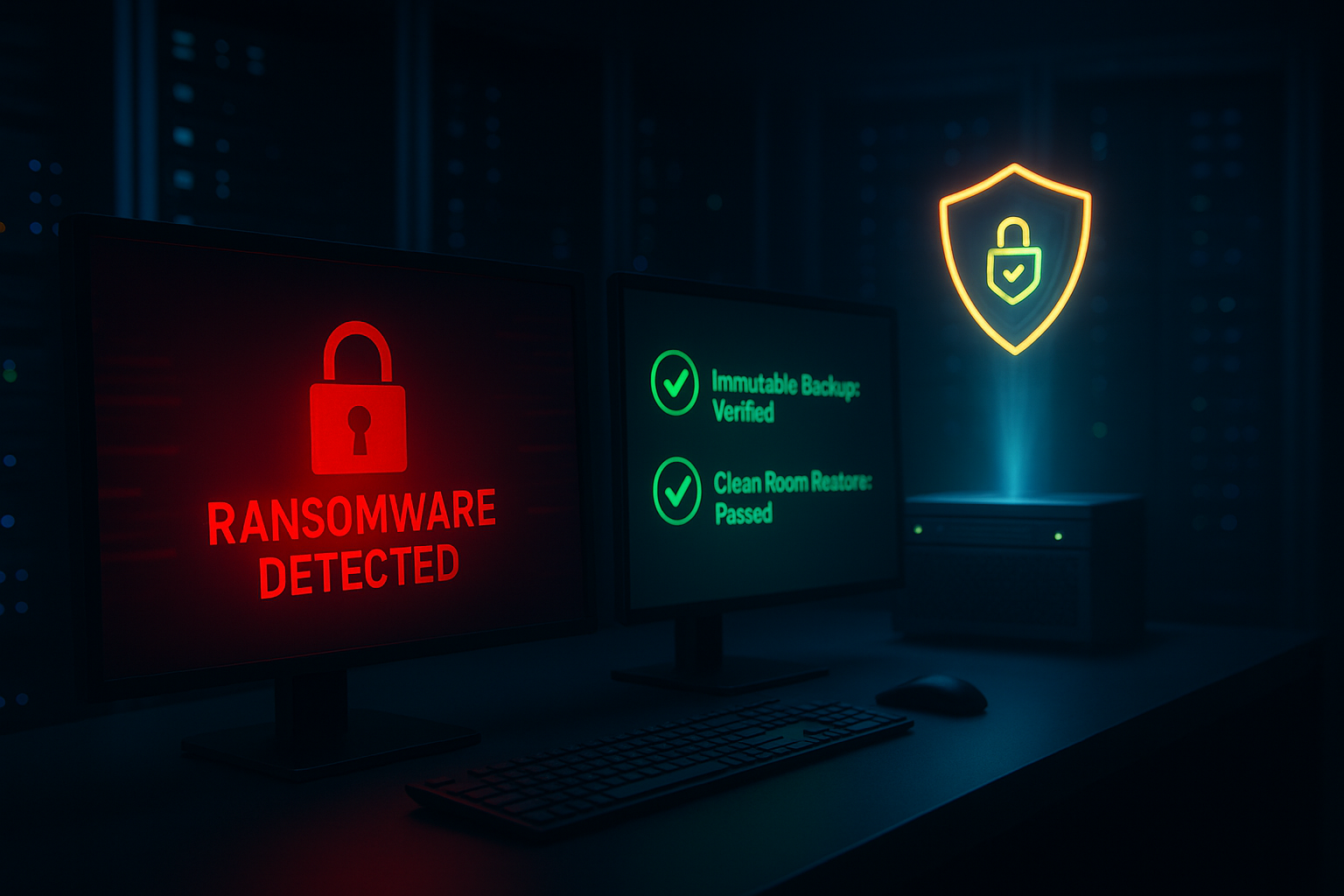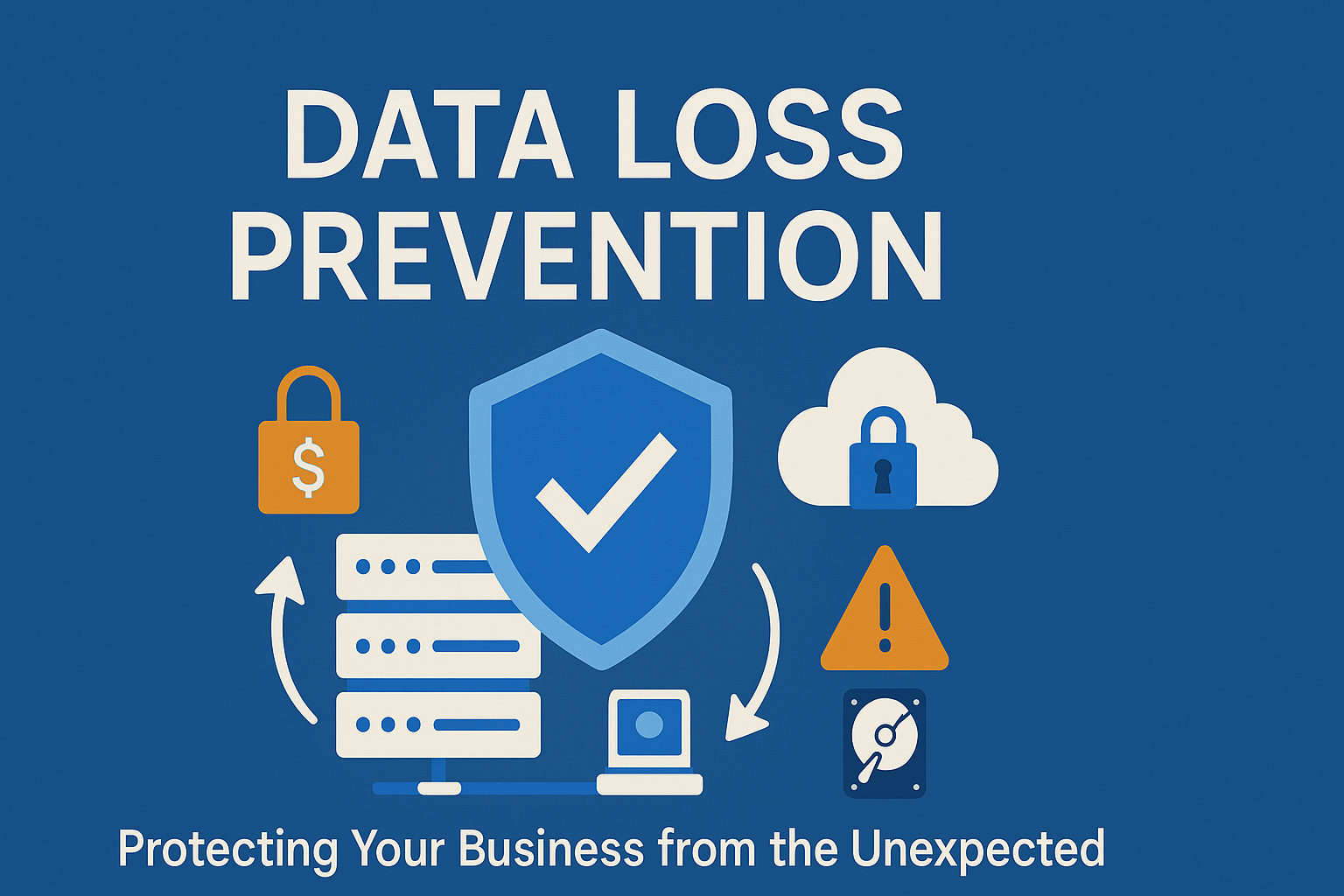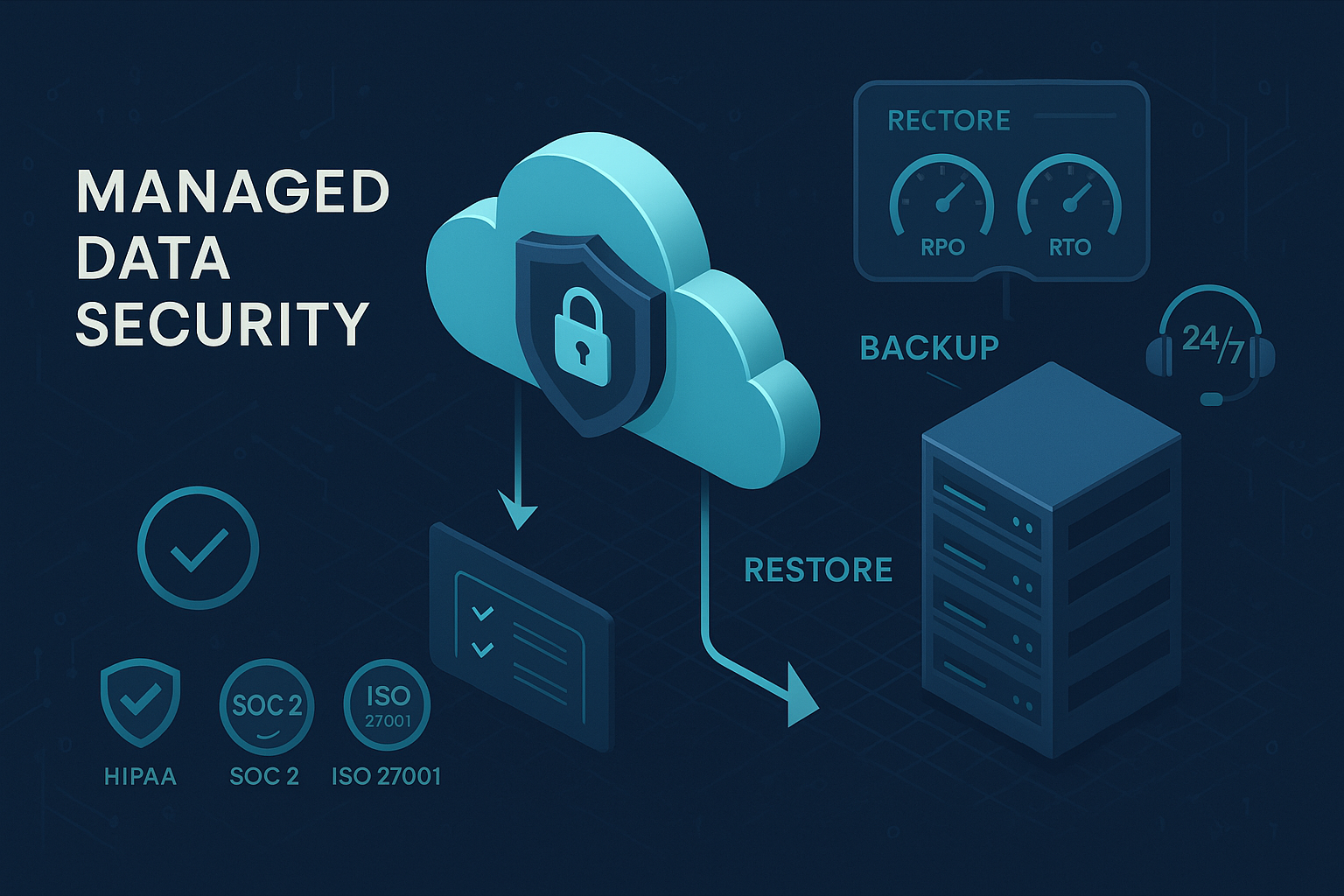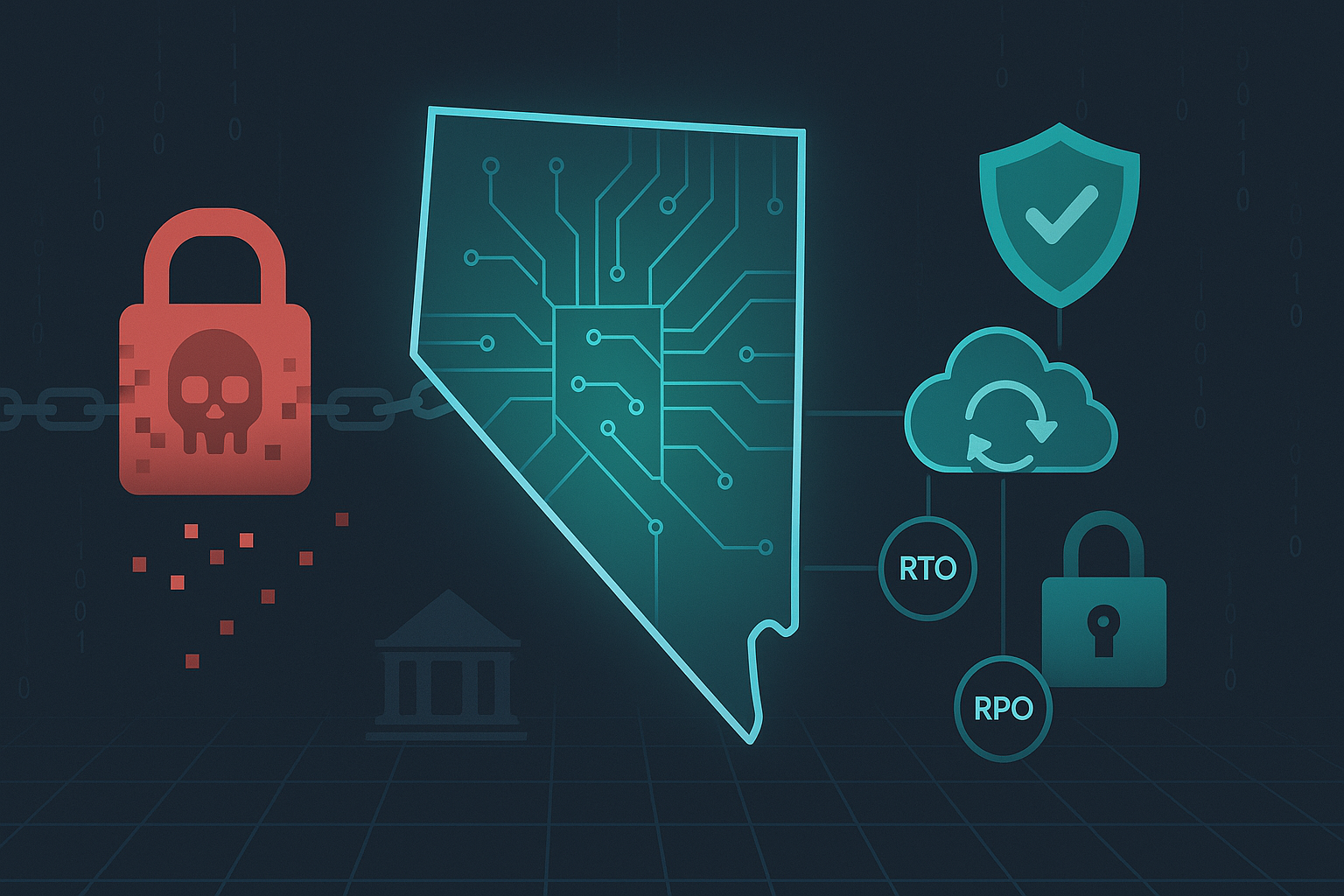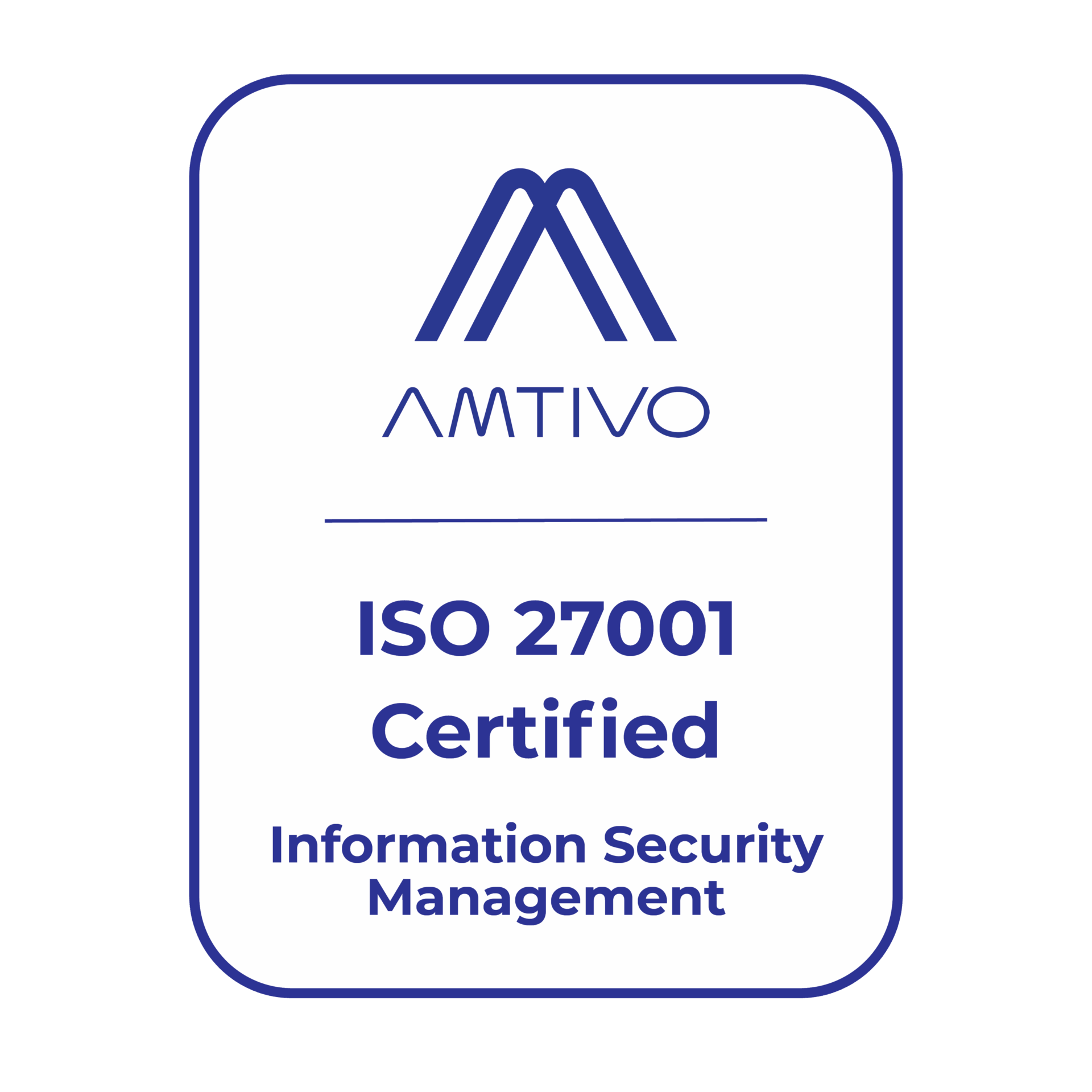DATA PROTECTION TRENDS, NEWS & BACKUP TIPS
Using Infrastructure as a Service (IaaS) for Disaster Recovery

In some situations, organizations should be thinking more proactively than reactively around how to ensure operations are protected against a disaster, where even Disaster Recovery as a Service (DRaaS) won’t cut it.
A number of major airlines suffered major delays when a single application responsible for weight and balancing plans went down. While only lasting 40 minutes, the outage was enough to have a ripple effect, impacting connecting flights and upsetting passengers. The minimal length of the 40-minute outage also likely points to the fact that the application’s owner, Aerodata, performed disaster recovery and got the application back up and working.
Many organizations have similar critical applications that, if down, will impact the operations of their own business, customers, partners, and vendors. Disaster Recovery (DR) these days can be accomplished in much shorter recovery times than 40 minutes – in some cases down to single digit minute timeframes. But some organizations should take a deeper look into having a proactive DR strategy for critical workloads, rather than the traditional reactive plan, like that of Aerodata.
Proactive Data Disaster Recovery … Without the Recovery
One application of Infrastructure as a Service (IaaS) is to utilize it as your disaster recovery plan for critical workloads. Rather than looking to recover backups reactively into a cloud-based infrastructure when there’s an outage on-premises, there are two ways you could leverage IaaS as a proactive part of a DR strategy:
- Replication – Workloads running on-premises can continually replicate changes up to cloud infrastructure, keeping the cloud-based copy always up-to-date. Should a loss of location or data center occur, it’s merely a matter of failing over to the cloud-based copy rather than performing – in the presumed case of Aerodata – a disaster recovery that takes much longer.
- Hosting within IaaS – The IaaS role in a DR strategy is to protect against major losses by having cloud infrastructure come into play to keep the business operational. Organizations can take an even more proactive stance by simply moving the workload to cloud infrastructure in the first place – well before any unplanned outage, continually protecting operations against a loss of location.
An IaaS data center should be designed for redundancy around power, network and physical security, connectivity, and availability of hardware at every level. If properly designed, those organizations utilizing IaaS in one of the two ways mentioned above will provide more reliable access to their critical workloads.
IaaS: A Much Better Disaster Recovery Strategy
The process of disaster recovery has its place for workloads that can be recovered in the desired amount of time, only losing an acceptable amount of data. The next level of DR (for the next level of critical workload) requires finding a way to have operations up and running faster than DR alone. IaaS meets that need, protecting against losses traditionally remediated through DR efforts, by proactively hosting applications in the cloud and never experiencing the losses in the first place.
CyberFortress and Veeam together offer best-of-breed services and software to help organizations use IaaS as both part of a disaster recovery strategy and regular business operations. Leveraging Tier IV data centers, years of cloud and recovery expertise, and world-class availability software, CyberFortress and Veeam can provide you with a tailored IaaS solution to meet your availability and recovery needs.
